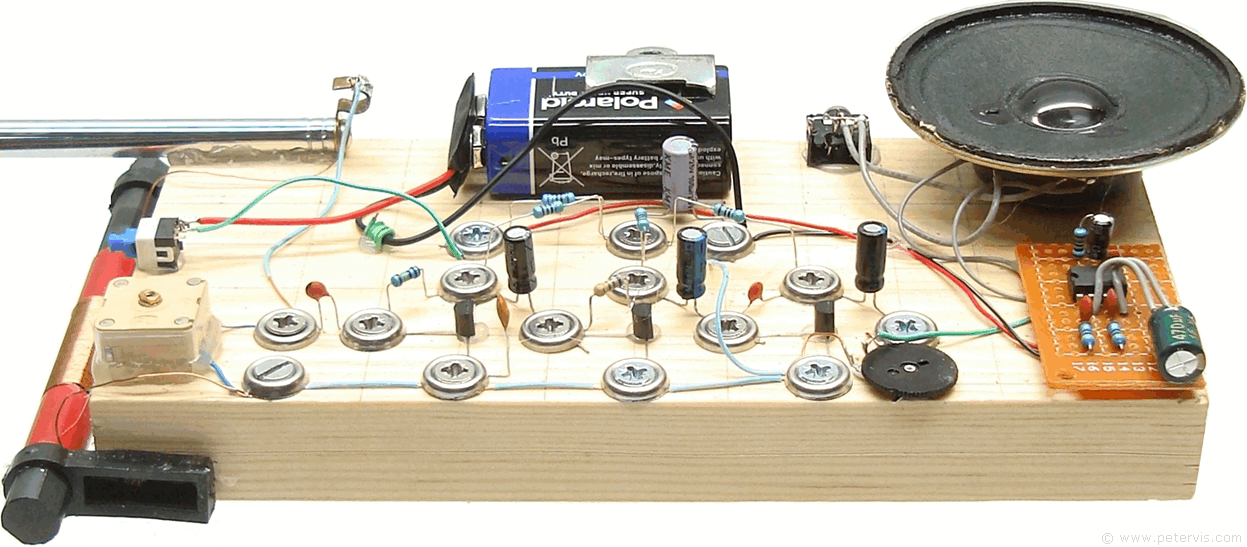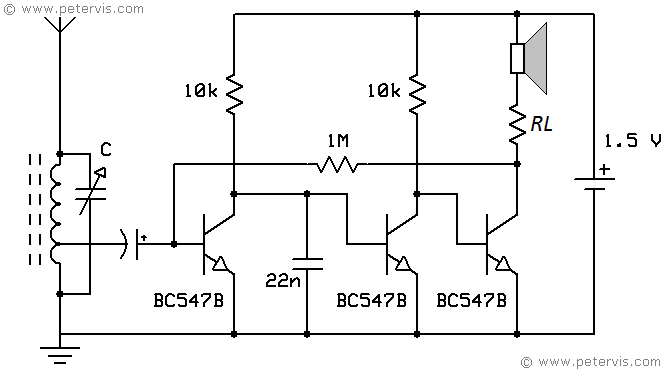

Some frequencies can pass right through solid objects while others are reflected from stationary or moving objects. There are many different frequencies that a radio transmitter or receiver can use depending on the type of information that needs to be broadcast. Because electromagnetic waves get weaker with distance, amplitude at the transmitting antenna determines how far away the receiver can be and still detect the information in the broadcast. The most important properties for the radios described in this article are amplitude (sometimes referred to as signal strength) and frequency (sometimes referred to as a "channel"). The properties used to describe these electromagnetic waves include amplitude, frequency, polarization, and direction of propagation.

A radio transmitter uses electromagnetic waves to transport information through the ground, the atmosphere, or even across the vacuum of outer space. In order for a radio receiver to be useful it needs a transmitter within range that is broadcasting information which can be detected and converted into some useful form of energy (electrical or mechanical). Unfortunately the superheterodyne is the most complicated of the three receiver types and thus the most difficult to build. The Superheterodyne receiver is sensitive to weak signals and easily distinguishes between stations that are close together. This is the type of receiver upon which all modern AM/FM radios are based. The Superheterodyne receiver uses many of the same components as the TRF and Regenerative receivers but adds special oscillator and amplifier circuits that make tuning into the desired station very easy. The 3 Transistor Short Wave Radio illustrated in this article is a regenerative receiver design. It requires battery or AC power to operate, works best with a good antenna and ground connection, and uses two adjustments for tuning in the desired station. The Renerative receiver is extremely sensitive to weak signals but it is more complicated than a TRF receiver. The Regenerative receiver uses some of the same components as the TRF receiver but adds transistors to amplify the radio frequency and audio frequency signals used by the radio station. A "crystal radio" is the most common TRF radio that experimenters will build. A good antenna and ground connection is required to receive anything other than nearby high-power radio stations. A TRF radio is the easiest to build but it is not very sensitive to weak signals and has difficulty distinguishing radio stations broadcasting on channels that are close together. The simplest radio is the TRF receiver which can usually be constructed with only five components and requires no batteries or AC power.

There are three major receiver types you can build with analog components: But if you are interested in knowing how this radio works then by all means, read on! If you would like to start building the radio you can skip this section. The original branding, design and documentation are property of Radio Shack. I hope you have as much fun with this project as I did. What I've made available here is strictly for fun and educational purposes. I do not make this kit available for sale and I've kept the original branding and copyright notices intact.
#Building a transistor radio manual#
To make it easy to replicate my work, I've provided illustrations and step-by-step assembly documentation based on the original assembly manual from Radio Shack. I've built the updated radio kit described in this article and believe it works just as well as I remember the original kit did back in the 80's. When I was a kid I was able to purchase the original 3 Transistor Short Wave Radio kit from the bargain bin of my local Radio Shack long after they were discontinued. The 3 Transistor Short Wave Radio project described here is based on the Radio Shack pbox kit of the same name, but it has been updated with silicon transistors and passive components and controls that can be obtained from electronics suppliers on Amazon. By 1970 there were 26 kits available that included all the parts needed (except the battery) enclosed in a "space age pbox" that served as the packaging and the perforated board that the kit would be assembled on. Radio Shack advertised it's first perfboard electronics kits in 1967 and expanded the line in 19.


 0 kommentar(er)
0 kommentar(er)
